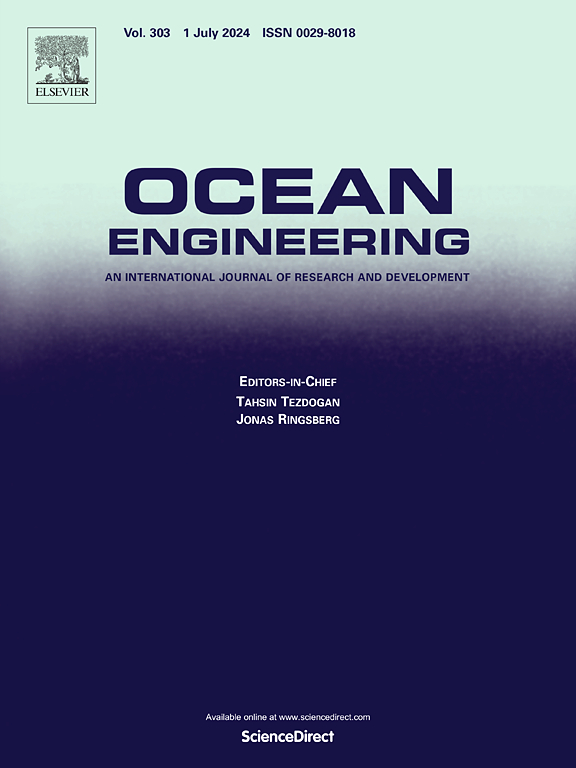Experimental study of plug formation in open-ended pipe piles using image analysis
IF 4.6
2区 工程技术
Q1 ENGINEERING, CIVIL
引用次数: 0
Abstract
The capacity of an open-ended pipe pile (OEPP) is directly influenced by the soil plug that forms inside its shaft during installation. To investigate plug formation and its impact on pile capacity, eight model OEPP tests were performed in a calibration chamber with image analysis capabilities. The model piles were jacked into sand samples of different relative densities. After installation, compressive static load tests were performed. Using digital image correlation, we analyzed the displacement and strain fields in the sand domain surrounding the pile and inside its plug, for different test conditions and plugging conditions, to study the plug formation process and propose an idealized plugging mechanism. During the installation of a fully coring OEPP, most of the soil deformation is located under the pile annulus. As the OEPP plugs, the deformation progresses towards the axis of the pile in a region below its base. Plugged piles behave much like closed-ended piles, with a zone of intense shearing below the entire pile base. The different deformation patterns around OEPPs for different degrees of plugging influence their responses to axial loading, making it important to account for the history of plugging during installation when designing OEPPs and estimating their axial capacities.
求助全文
约1分钟内获得全文
求助全文
来源期刊

Ocean Engineering
工程技术-工程:大洋
CiteScore
7.30
自引率
34.00%
发文量
2379
审稿时长
8.1 months
期刊介绍:
Ocean Engineering provides a medium for the publication of original research and development work in the field of ocean engineering. Ocean Engineering seeks papers in the following topics.
 求助内容:
求助内容: 应助结果提醒方式:
应助结果提醒方式:


